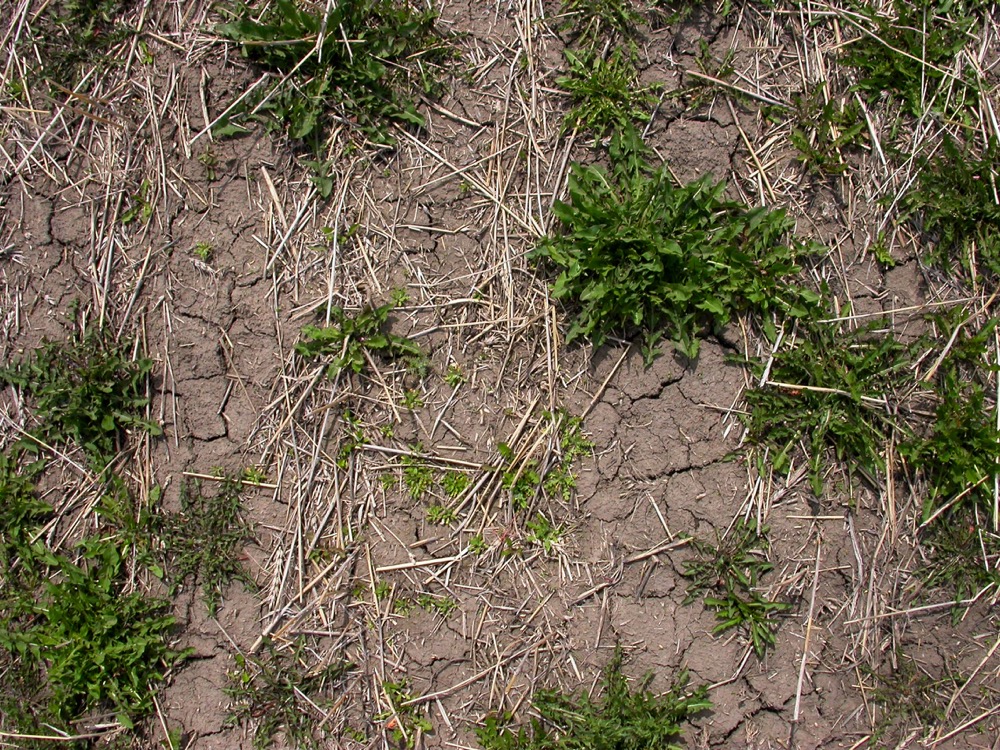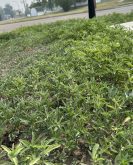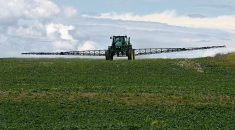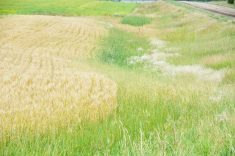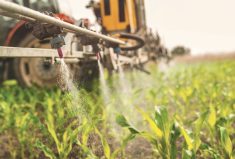You’ve been busting your butt during harvest and you’ve scouted your field many times during the growing season.
But if you’re direct seeding, it’s worth scouting just one more time for winter weeds after you harvest.

“It depends on what kind of production system a producer has,” said Mark Cutts, crop specialist with Alberta Agriculture’s Ag Info centre in Stettler. “If they aren’t using tillage, they will need to look at a herbicide system in the fall. If they are using tillage in the fall, that can be a fairly effective control mechanism.”
Across the province, conditions have been ideal for the growth of winter weeds, which germinate in fall or late fall, live through the winter, and then seed in the spring.
Common winter annuals include stinkweed, shepherd’s purse, scentless chamomile, narrow-leaved hawk’s beard, bluebur, stork’s bill, flixweed and common groundsel, among many others. The plants form leaves in the fall and overwinter by developing their own anti-freeze, which prevents them from dying. The plants are able to send up a seed stalk the next spring and go to seed before crops get started, depleting soil moisture and nutrients. By the time a producer applies herbicide in the spring, the winter weeds will be well underway.
Read Also

Roundup retraction makes public trust ripples
A foundational study on glyphosate safety was recently retracted, while Roundup maker Bayer has already said it may ditch the key agricultural herbicide after lawsuits piled up.
So the best time to tackle winter weeds is after harvest.
“Once you’re done harvesting, if there’s a window for those winter annuals to get established, they will,” said Cutts. “That’s why stepping in with a herbicide application as we get into October can be an effective tool to manage these weeds.”
The window for fall application of herbicide is from late September to mid- or late October, depending on fall conditions and problem weeds.
A light frost might not be enough to send winter weeds into dormancy. Winter annuals can continue growing, even after the first frost, until the ground freezes.
“It really comes down to how heavy the frost is, and whether the plant is still actively growing,” said Cutts. “There is still opportunity to control the weeds if you’re noticing them this fall, and still a window of opportunity to spray weeds.”
Most winter annuals can be controlled in the spring (except for narrow-leaved hawk’s beard), but control options will be less effective and cost more.
Chemicals such as 2,4-D and MCPA are economical in the fall, provide good winter weed control, and will be safe for crops in the spring if they are sprayed at recommended rates.
Glyphosate could work well in mixtures, but may not be the best choice to kill certain weeds.
Controlling winter weeds isn’t something every farmer is doing, but it’s something that is worth considering.
“There are ways to control them in the fall, to avoid the weeds getting ahead of the crop in the springtime,” said Cutts. “When required, it’s a good management approach to use to control them at this time of year.”


